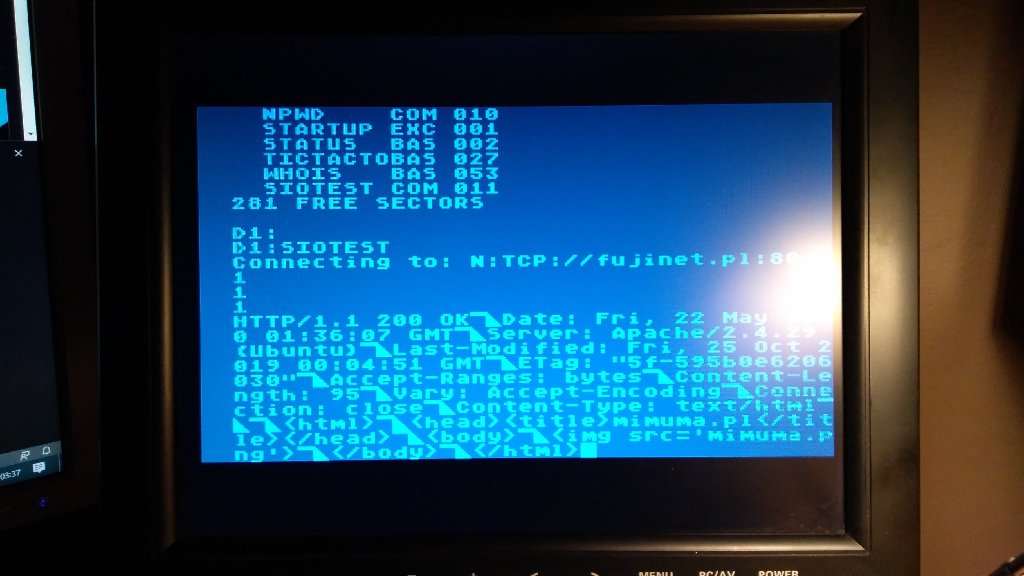Jeśli chcesz wziąć udział w dyskusjach na forum - zaloguj się. Jeżeli nie masz loginu - poproś o członkostwo.
Vanilla 1.1.4 jest produktem Lussumo. Więcej informacji: Dokumentacja, Forum.


LDY #EOF
LDA #EOF
pentv equ $e486
ldx #'N'
ldy <handler_table
lda >handler_table
jsr pentv



